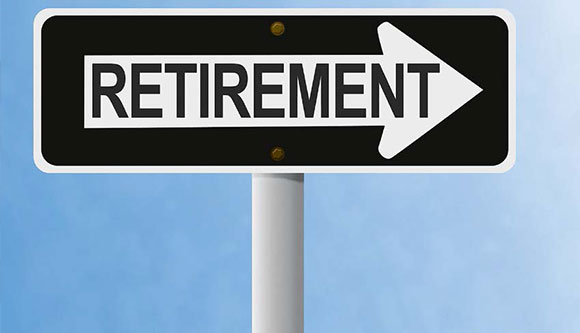Invest in Your Household As You Would in Stocks
By Efren Ll. Cruz, RFP®
Household finance is much like investing in stocks, a hot topic nowadays.
In stock investing, you run after companies that have a good potential to grow in value and that can pay attractive dividends. The same can be said of households. We try to invest more money, time and effort in our own respective households to ensure that we realize their growth potential and that attractive dividends are also paid out.
OK, growth potential and dividends are easy enough to understand with companies; but with households?
Firstly, don’t be surprised if I say that all households have a great potential to grow in value and have the capacity to pay attractive dividends.
A household’s finances can be run like a company’s finances. A balance sheet can be constructed for a household just like with a company. Do you remember SAL-N from the recent impeachment trial?
The left-hand or asset side of the balance sheet shows how the household deploys funds at its disposal. Simply, a household can choose to use funds to acquire earning and non-earning assets. The more earning assets there are, the greater the income generating capacity of the household.
Over on the right-hand side of the balance sheet is where the funds for deployment are sourced. The two basic sources are debt and the household’s own capital. Debt would have its cost in the form of interest expense. While it is OK to buy assets with debt, it should be done in an optimum level where the potential additional income from the asset could far exceed the cost of debt and help meet the cash flows from principal repayment.
It is commonly perceived that only debt has cost, which is the interest expense. However, capital also has a cost to it. When an investor buys stocks, he is assuming that the investment would be able to meet his target return, which will come in the form of price appreciation and cash dividends. Otherwise, the investor will just choose another stock.
Almost the same can be said of the household. The return can be measured by the growth of the household’s capital through time as well as dividends it pays out. This capital growth is the same as the growth of net assets or assets less debts.
On the other hand, cash that the household uses for “may spend items” is the equivalent of dividends. It’s like giving an allowance to a household member that he can spend in any way his heart desires. But just like with the cost of debt, dividends should be paid out in amounts that the household can afford. All other earnings must be reinvested in the household to ensure its growth. And note that NO company will pay out dividends using debt. In the same way, a household should not release cash for “may spend items” using borrowed money.
I said “almost the same” earlier because unlike with a stock investor, we always choose our household because it never loses its capacity to generate the returns we require. We just need to manage our household’s finances well.
If you want to know more about managing household finances well, sign up for the EnRich CD-RW personal finance management scheduled for May 18, 2013. The training is limited to just 15 participants for optimum learning. So sign up early. Call 216-1541 or 359-3094 for more details.
Here’s to financially healthy households!
Financial planner Efren Ll. Cruz is a seasoned investment advisers and registered financial planner with the RFP Philippines. He is author of the bestselling books, “Pwede Na! The Complete Pinoy Guide to Personal Finance” and “Pwede Na! The Complete Pinoy Guide to Retirement & Estate Planning.” He is Chairman and CEO of Personal Finance Advisers Philippines Corporation. Questions about the article may be emailed to efren@personalfinance.ph. Efren may be reached at the same email address for the scheduling of consultations and personal finance trainings at (+632-216-1541 / +63917-505-0709). The opinion and views expressed herein are solely those of the author’s and do not necessarily reflect those of the Personal Finance Advisers Philippines Corporation.




Um, you do realize that the article was posted on May 26 but the seminar posted at the end of it is on May 18?
Yes, I’m sorry about that. Unfortunately, I have not been able to update the site as frequently as I would like and to post the more recent content from the magazine.